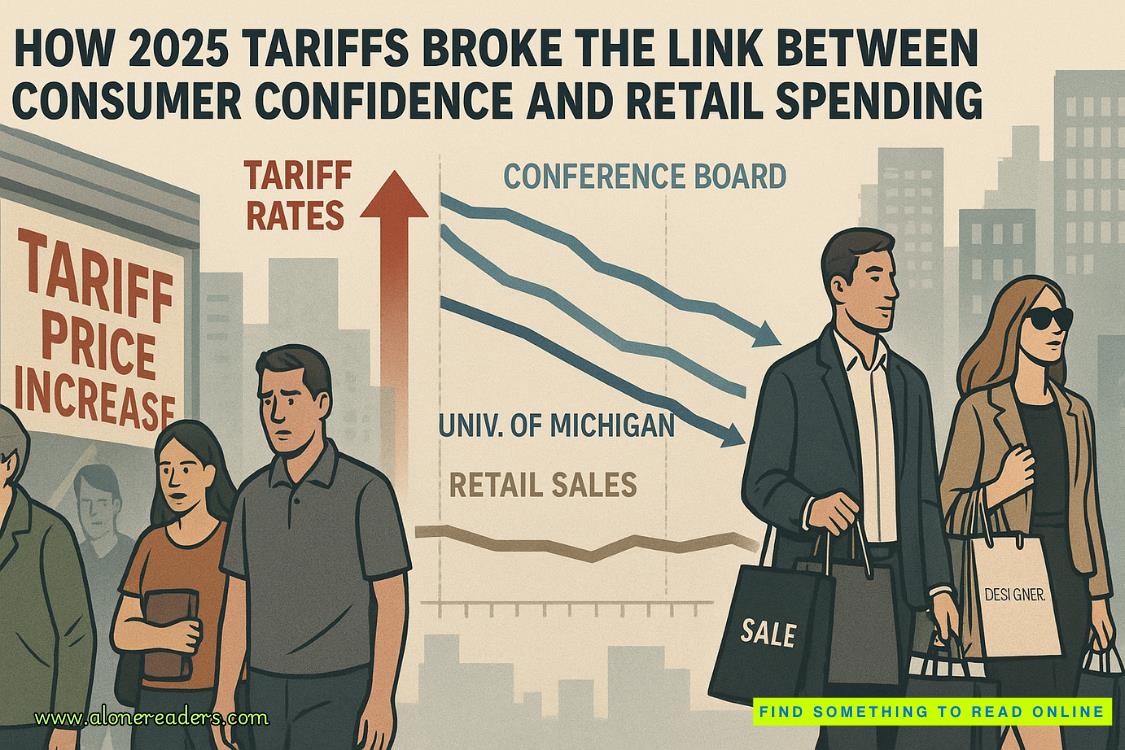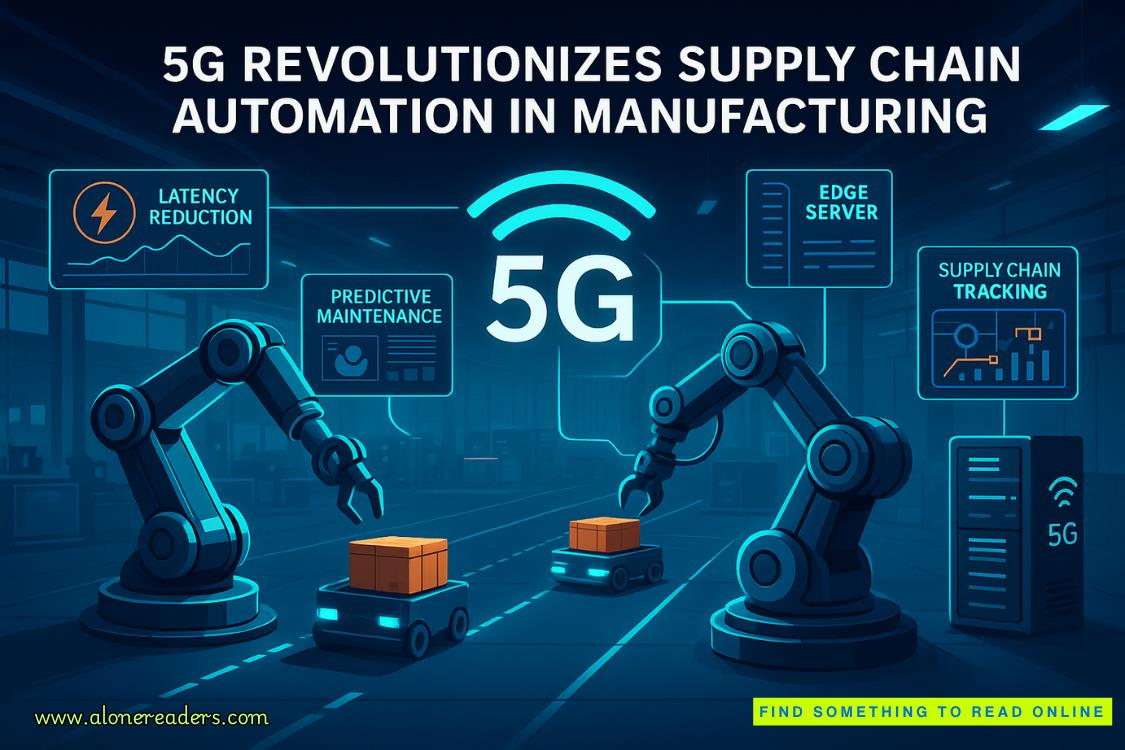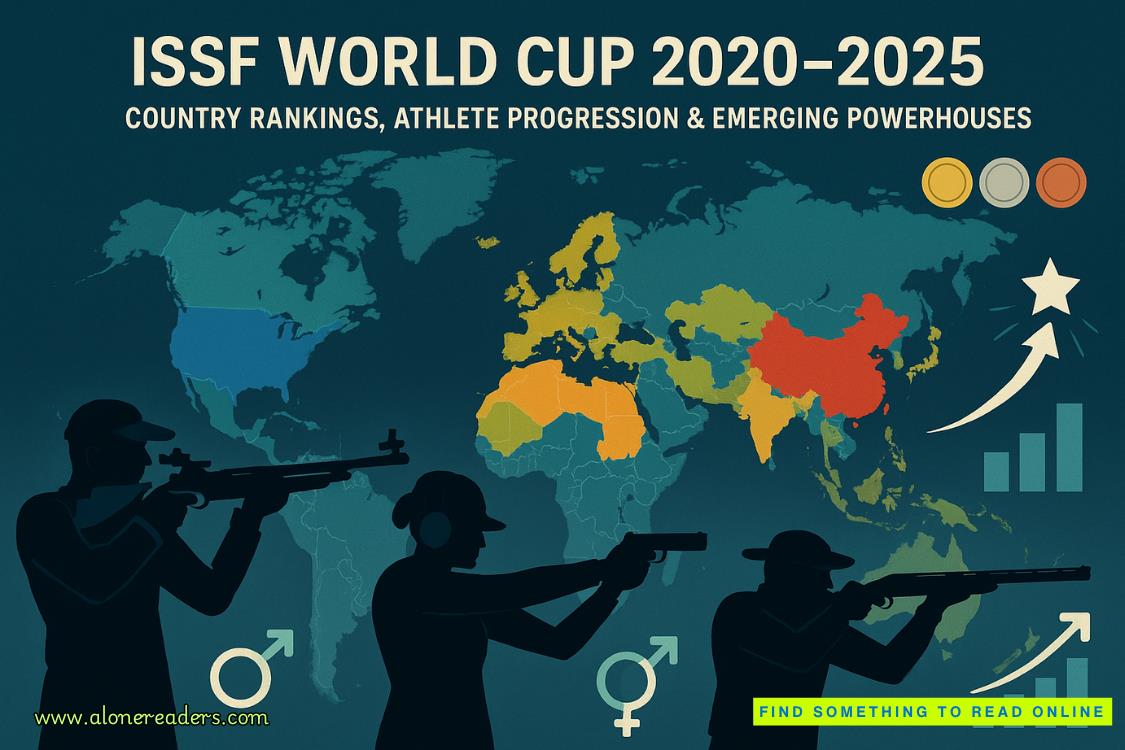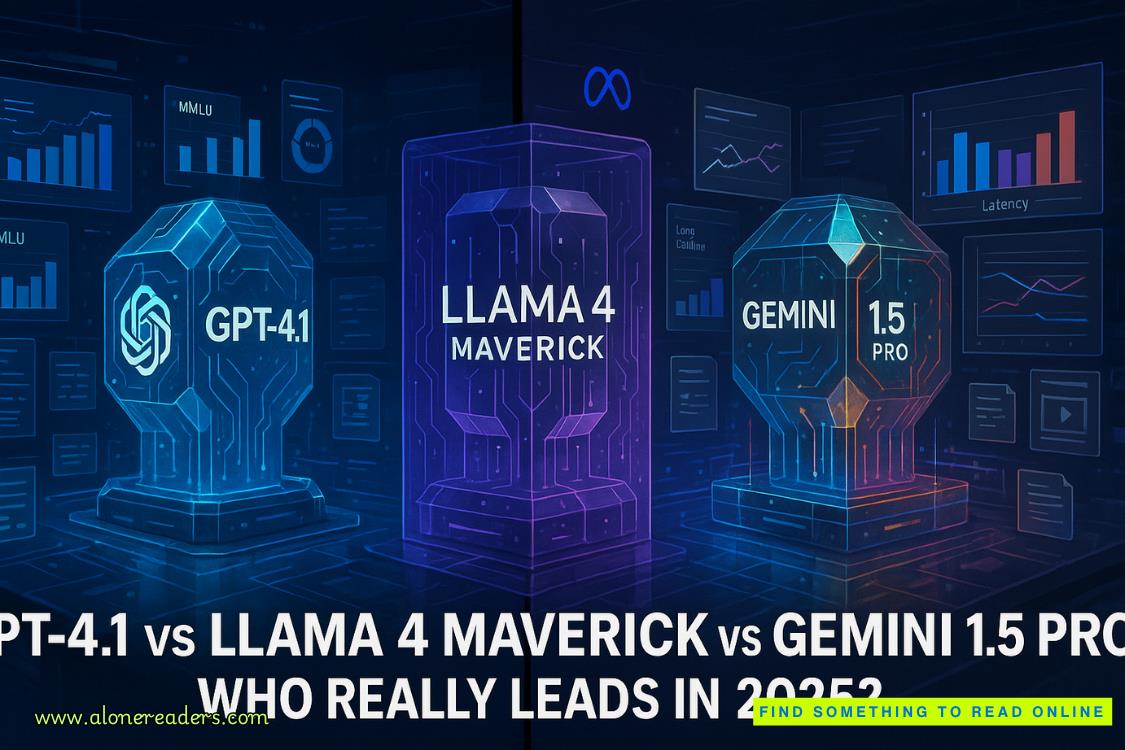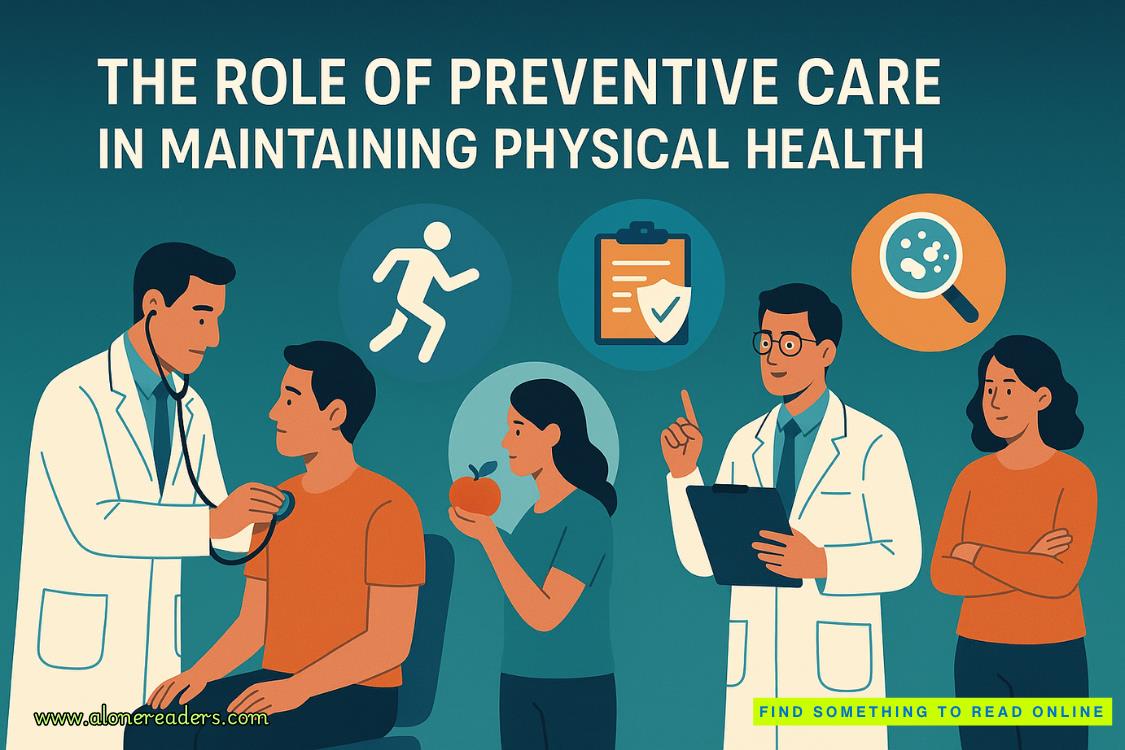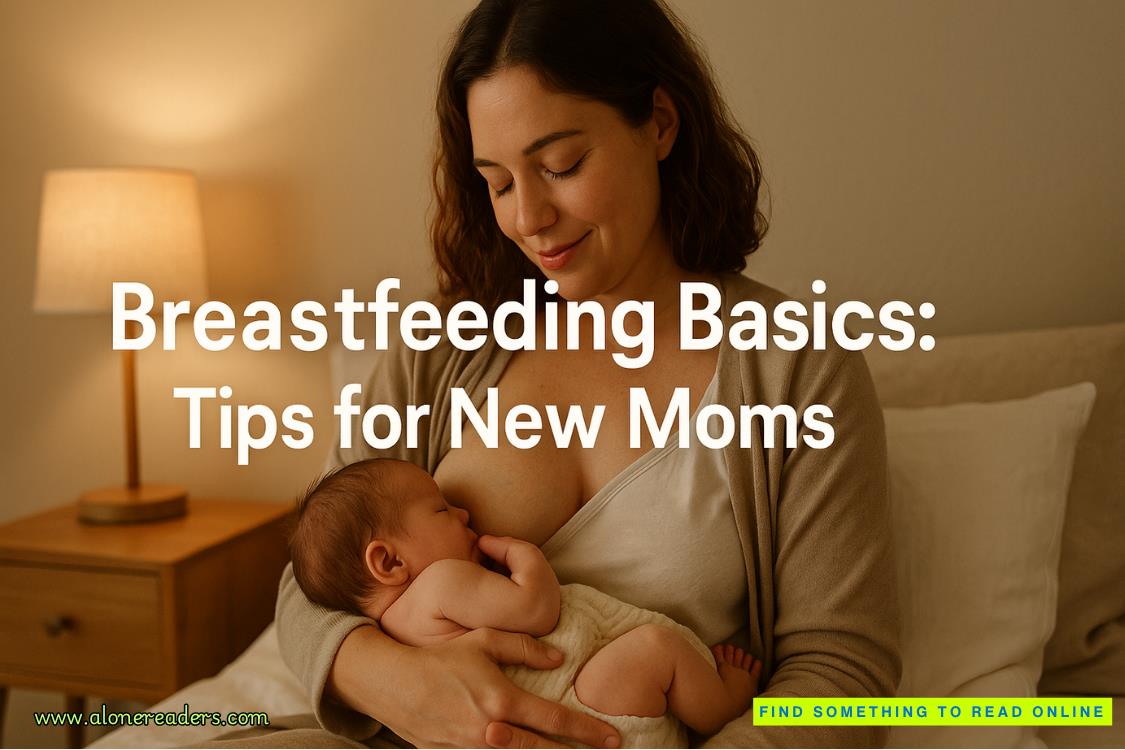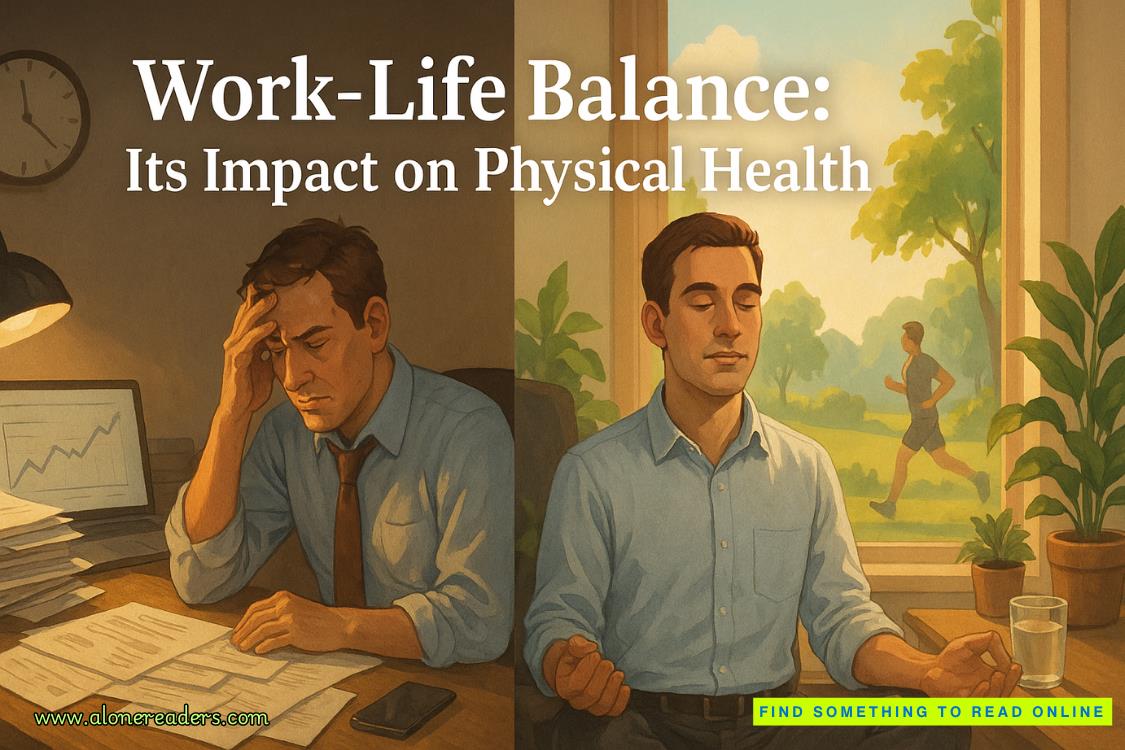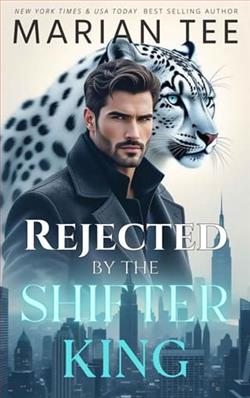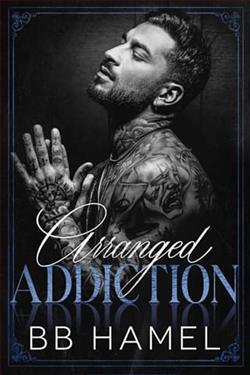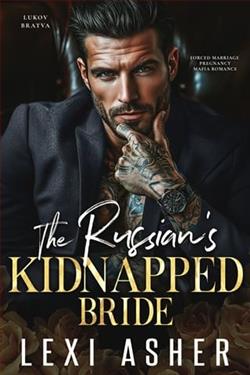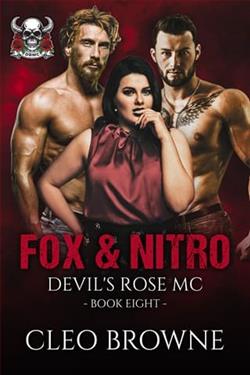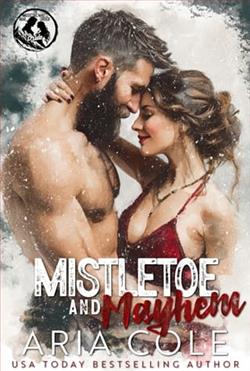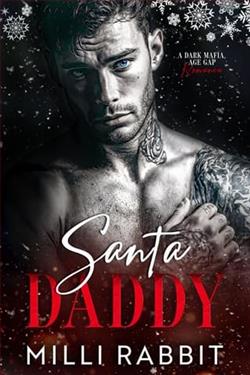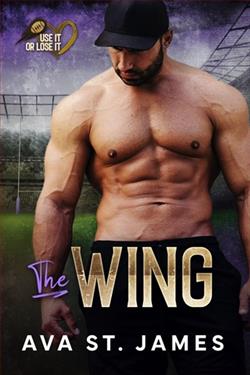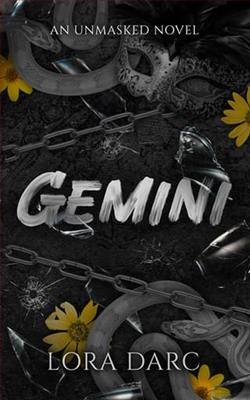Page 21 of Falling for My Matchmaker
Perfect.
Too perfect.
Like he’d been algorithmically assembled from a checklist titledIdeal Match with Just a Dash of Brooding Mystery.
His hair curled just slightly at the collar—romantic in a way that felt like it had beencalculatedto inspire fan art. He had the kind of hands you only ever saw on book covers: large, veined, like he could cradle a wineglassorsomeone’s fragile emotional baggage.
He even smelled good. Not just cologne. Something deeper. Like bergamot and expensive soap, the kind that leaves no residue and neutralizes scent. OnCriminal Elements, they mentioned high-end soap being a common choice for certain offenders—less traceable than bleach, less suspicious than industrial cleaners.
Stop. I forced myself to chill. I wasn’t here to dissect every sensory input like a forensics lab tech. I was here to notice what worked. To follow Nate’s stupid green flag exercise.
And truthfully?
Tonight, they wereeverywhere.Green flags waving like I was about to enter a parade.
I texted Nate the briefest summary:
Possibly too many green flags. Will debrief once I confirm he’s not a charming serial killer in disguise.
He “liked” it. No other response.
Cool. Whatever.
It was late. He was probably out. Probably on a date.
With someone who didn’t come with footnotes.
Chapter 7: Matchbox Party
Matchbox didn’t call it a party. They called it aClient Social Experience. Which sounded less like mingling and more like a startup trying to reinvent eye contact.
But it was a party. Rooftop venue, curated cocktails, a photo wall with giant foam hearts, and at least three women wearing red satin who looked like they hadn’t blinked since arrival. I saw Emily, one of the Matchbox cofounders. Alex, the IT guy, stood in a corner doing crowd scans like a human behavioral algorithm. And Claudia, one of the senior matchmakers, was gliding through the room like a hostess-slash-high priestess, greeting people with cheek kisses and whispered gossip.
I was waiting for Brad to show up.
Our second date.
Nate had suggested it—gently, almost strategically. “It’s public, low-stakes, easy to exit if the vibe’s off. Good for observing how someone handles social energy.”
Which was probably code for:Bring your new crush to my office party so I can silently judge you both.
Brad, of course, said yes. I was starting to regret it, though—because I’d just stumbled into a conversation with a guy named Rob who looked like he came with a warning label and a whiskey endorsement deal. Tall, broad-shouldered, masculine, just enough scruff to suggest he could both build a deck and emotionally process a breakup. He wore a black button-down like it was part of his DNA. He extended his hand for a handshake.
“I’m Diana,” I said, shaking it. “Welcome to the dating factory.”
He laughed. “Is that what we’re calling it now?”
I shrugged. “Some people come out with love. Some come out with mild trauma and a Google Doc of red flags.”
“Fair,” he said, smiling.
We made pleasant small talk—work, weather, the predictable awkwardness of romantic networking events. He was easy to talk to. Easy on the eyes. If I hadn’t known better, I might’ve wondered if this was a setup. A Matchbox introduction, live and in the wild.
Then Rob glanced at his watch. “I should probably find my date.”
“Oh,” I said. “You brought a plus-one?”
He nodded then hesitated—just for a second. “Yeah. He was parking.”
